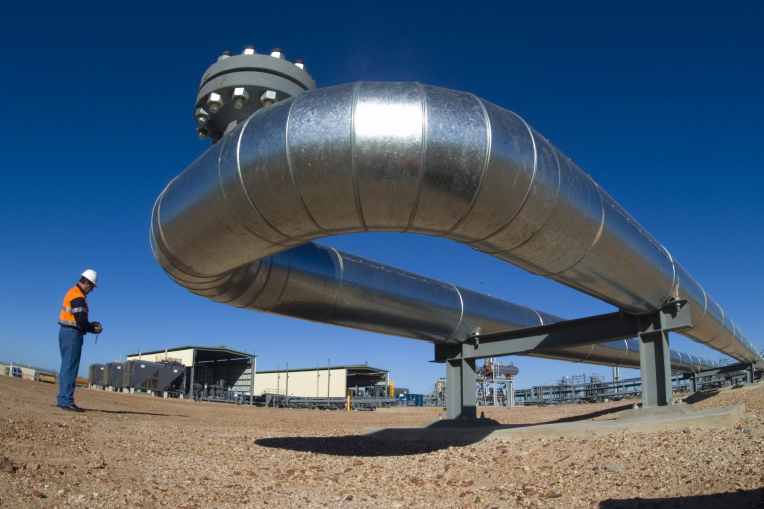Why Australia wants to create a Henry Hub
by Angela Macdonald-SmithThe United States' transparent and liquid gas market based on Henry Hub in southern Louisiana has long been the envy of struggling manufacturers in Australia.
Gas is available at any time, at a clearly visible price for transfer anywhere around the country. With hedging on offer on futures markets, buyers can take decisions on long-term investments in their own operations knowing that a key fuel will be available and what it will cost.
The delivery point in the town of Erath on the US Gulf Coast provides a highly visible benchmark for both short-term and long-term prices. Risks around prices more than 10 years into the future can be easily managed through a liquid and almost round-the-clock futures market that has used Henry Hub as its reference price since April 1990.

On Monday the October contract was trading around $US2.34 per million British thermal units, roughly equivalent to $3.20 a gigajoule.
Now the federal government is taking steps towards delivering an open and competitive hub model like Henry Hub in Wallumbilla near Roma in Queensland, a key point in the east coast gas grid.
There's a very long way to go. In Australia's far less liquid gas market, industrial customers currently wrestle with opaque pricing under bilateral deals, limited choice of supply and difficult negotiations on transportation terms on the sparse pipeline grid. The gas hubs that do operate typically are thinly traded and can't be relied on for supply on any one day.
The challenge is how – or whether – a version of Henry Hub can be created in Australia to help drive the hoped-for gas-based economic recovery given the vast differences in infrastructure and gas supply.
The success of Henry Hub is based on the extensive network of infrastructure that surrounds it, that offer access not only in the US but stretching to Canada and Mexico. It offers interconnections into nine intrastate and four interstate pipelines that provide an artery of supply to the rest of the country, while direct connections into three storage caverns add further flexibility, helping allow gas to be traded and moved around at short notice.
The US gas grid's 210 interconnected pipeline systems, totalling nearly 500,000 kilometres of transmission, compares with the 30 pipelines in the eastern Australian gas grid, totalling about 20,000km.
Market experts also point to the need for diverse sources of gas supply to create a properly functioning hub, typically including domestic gas fields, pipeline imports and LNG shipments. On the customer side, a strong buyer base is also required, including power plants, industrial consumers and households.
Hence the federal government's sequenced plan for 13 measures in three areas: unlocking supply; making gas transportation more efficient; and giving consumers more power in pricing negotiations.
It will be a long journey.